Bread machine vs oven — which is better?
Which appliance will bake the best home cooked loaf?
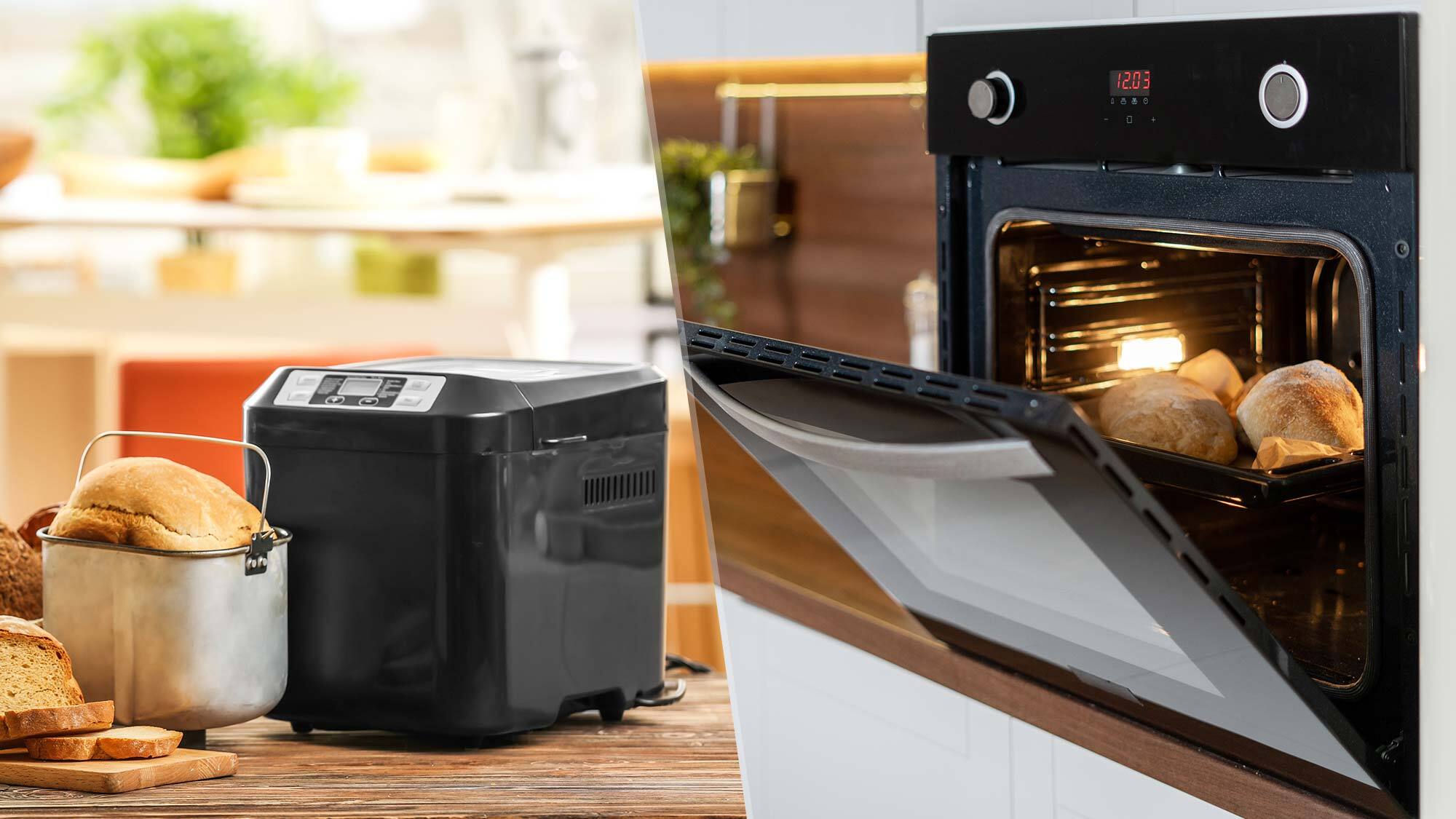
There’s nothing more comforting than the smell of home cooked bread in your kitchen. And by baking bread at home, you can avoid all the preservatives that are in processed store-bought bread. But is it worth investing in one of the best bread machines, or can your oven bake a tastier loaf of bread?
Our bread machine vs oven comparison will help you decide what's best for you.
Much of the decision comes down to how good of a baker you already are, as well as how much time you have for baking. Bread machines simply have to be loaded with ingredients and they will do the rest, so they’re perfect for busy people who still want to enjoy fresh homemade bread.
Baking bread in one of the best electric ranges requires time as well as dedication to the process of making and proofing the dough, but there’s more scope for being creative with the style and shape of your loaf. Here we delve deeper into the differences between baking bread in an oven vs letting a bread machine take care of the process.
If you’ve already got a bread machine, read these 5 things to know before buying a bread maker, 8 bread maker mistakes you never knew you were making and discover how to bake the perfect loaf of bread with our 11 top tips.
Making bread dough
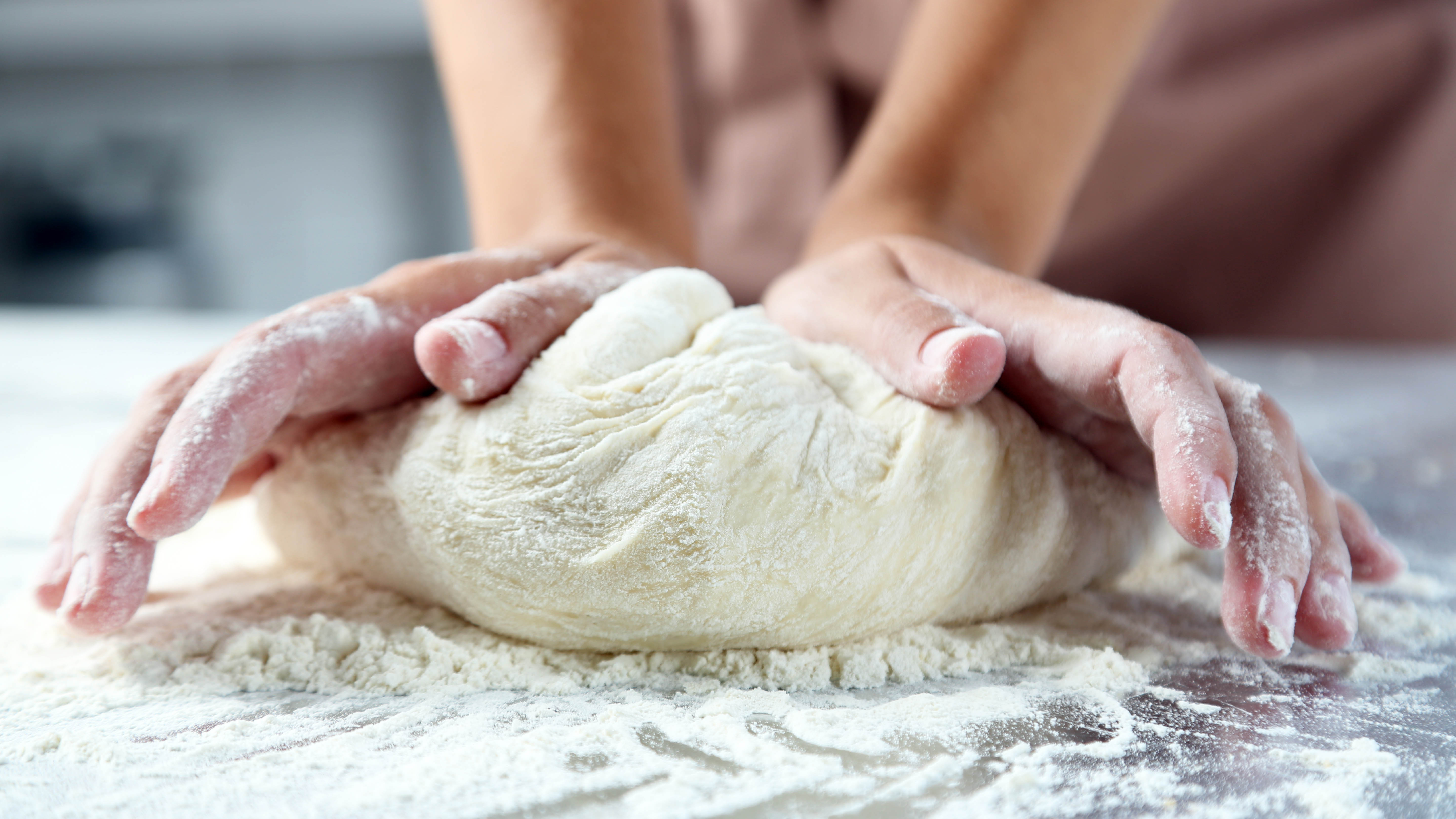
Baking your homemade loaf is the final and the fastest stage when creating delicious freshly baked bread. The first part which includes the mixing, kneading, and proofing is very time consuming. Not to mention hard work if you knead it by hand. Although if you don’t have a bread machine, you might want to consider investing in one of the best stand mixers to do the tough work of kneading the dough for you.
Furthermore, proofing bread for the right length of time is not an exact science, it varies depending on the temperature and humidity in your kitchen, so it’s easy to get wrong. The beauty of a bread machine is that it will complete all the mixing, kneading, and proofing. It’s far more than a countertop bread oven. It allows you to enjoy freshly baked bread even if you’re no good at baking. And it’ll give you consistent results every time, you don’t even have to stay home while it works.
The baked loaf
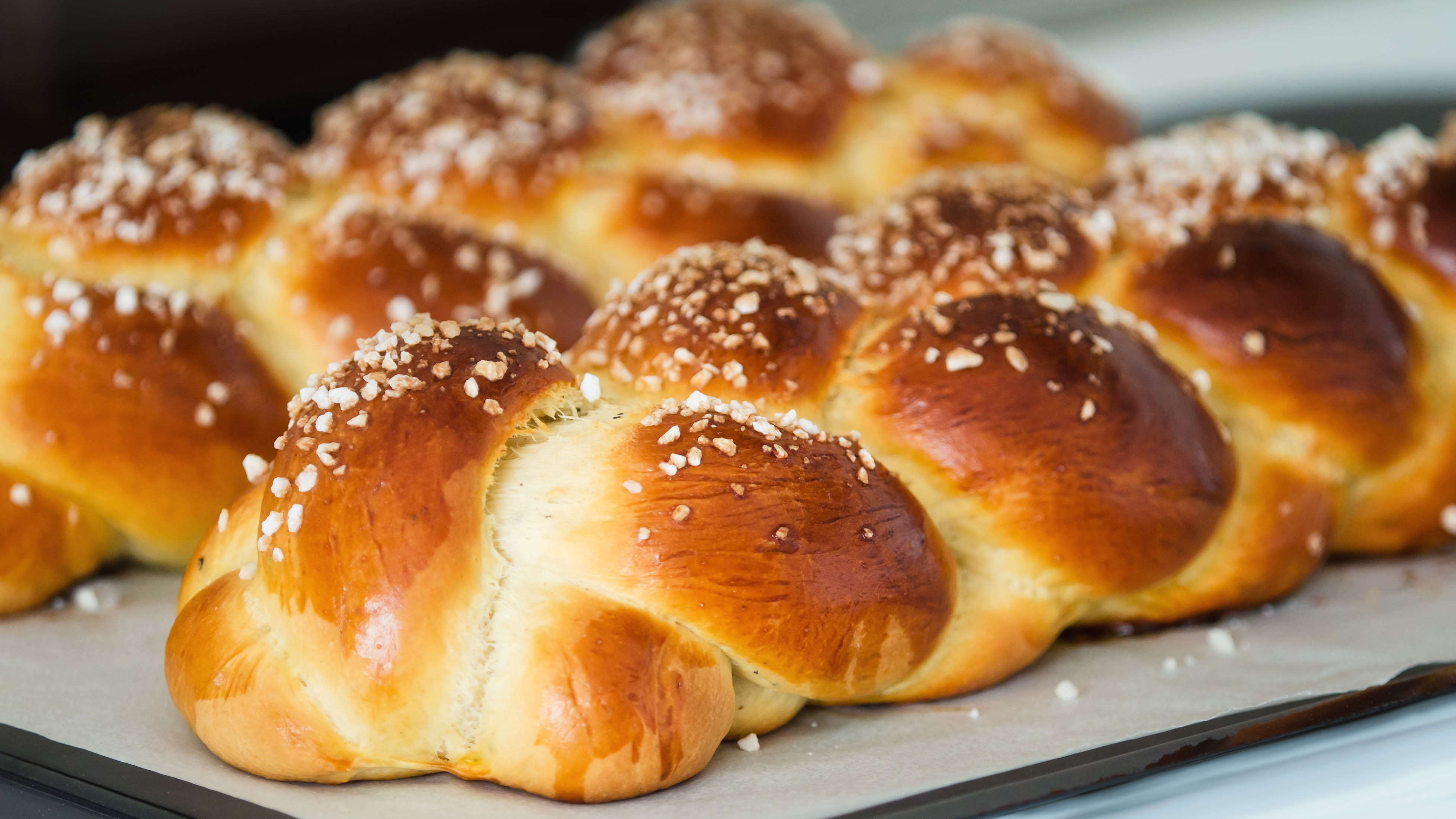
If you enjoy a rustic style loaf like a round French boule, a long baguette or an artisan multigrain loaf that looks hand crafted, you’ll be better off baking bread in an oven. This will give you more control over the finished shape and look of your bread.
Bread machines have a bread pan inside and they will only bake bread in that particular shape. And it’s usually very square or rectangular. It’s a far cry from a carefree rustic loaf baked in an oven, but it is a practical shape for slicing and making into sandwiches. So you just have to weigh up how important the shape of the loaf is in comparison to the overall ease of use and consistent results you get when using a bread machine.
Likewise, the size of the loaf a bread machine can produce is usually set within specific parameters. Most — but not all — bread machines can produce a range of sizes, usually between 1 - 2 ½ pounds. But if you like to make very small or very large loaves of bread, you might find these options too restrictive.
Bread type and texture
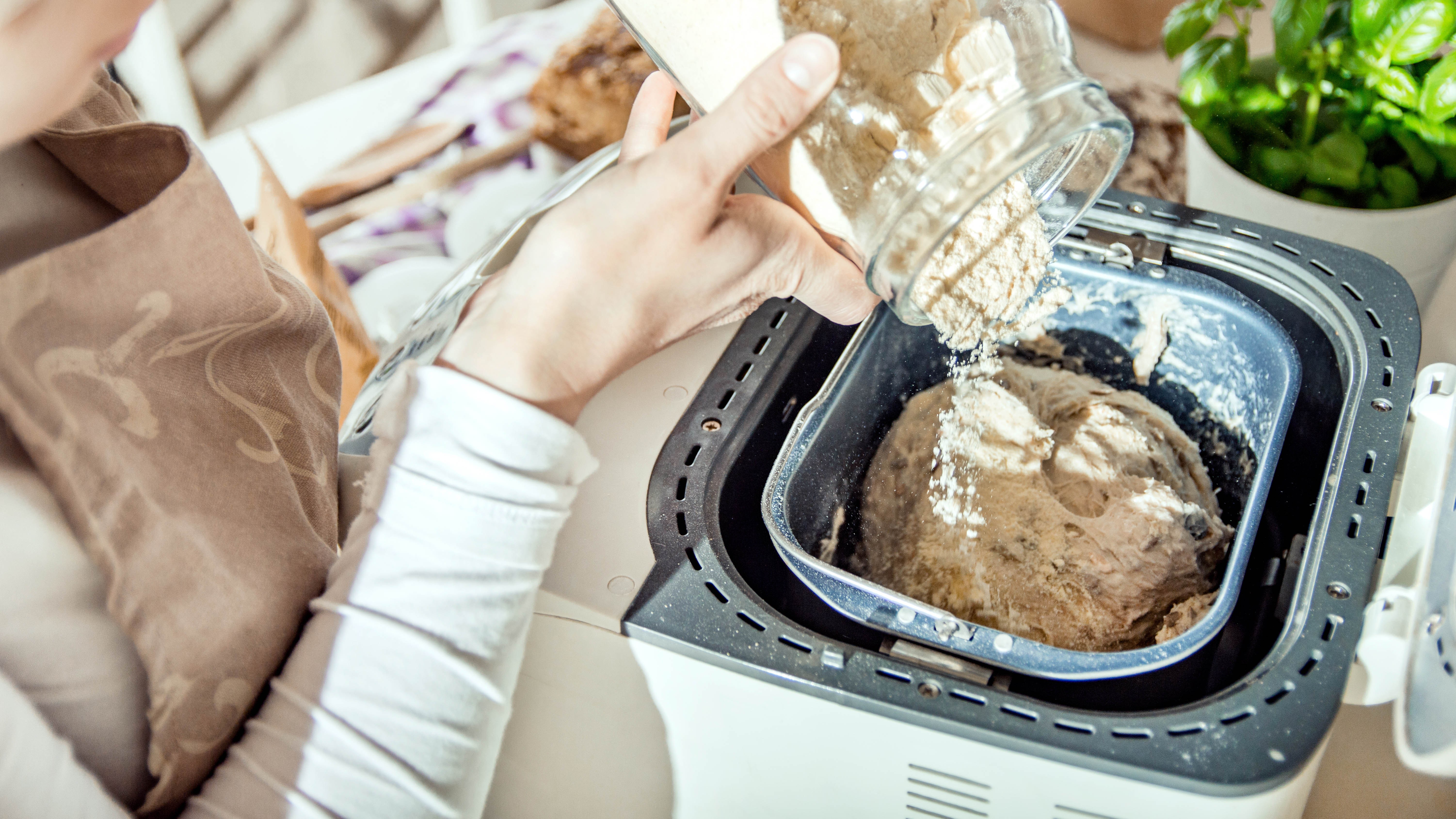
When baking bread in an ordinary oven, there are really no restrictions as to the type, flavor and style of bread you make. It can be as plain or as fancy as you want to make it, simply pick any bread recipe online and give it a go.
However, with a bread machine you have to choose from the bread settings offered on the control panel. And while these options might include breads such as whole wheat, gluten-free and sweet, they don’t always include settings for the more unusual breads like sourdough or rye. And not only are you limited by the settings on the bread machine, but for best results it’s often advisable to follow the recipes provided, or not stray too far from the ratios in these recipes — which can leave little room for creativity.
Whether or not a bread machine will bake a better texture bread than your oven will actually come down to how accomplished you are at making bread. If you struggle to bake a decent loaf, then it’s likely a bread machine will trump what you can usually bake in your oven. But, if you’ve perfected your style and technique, you may be more critical of what your bread machine can create.
Features
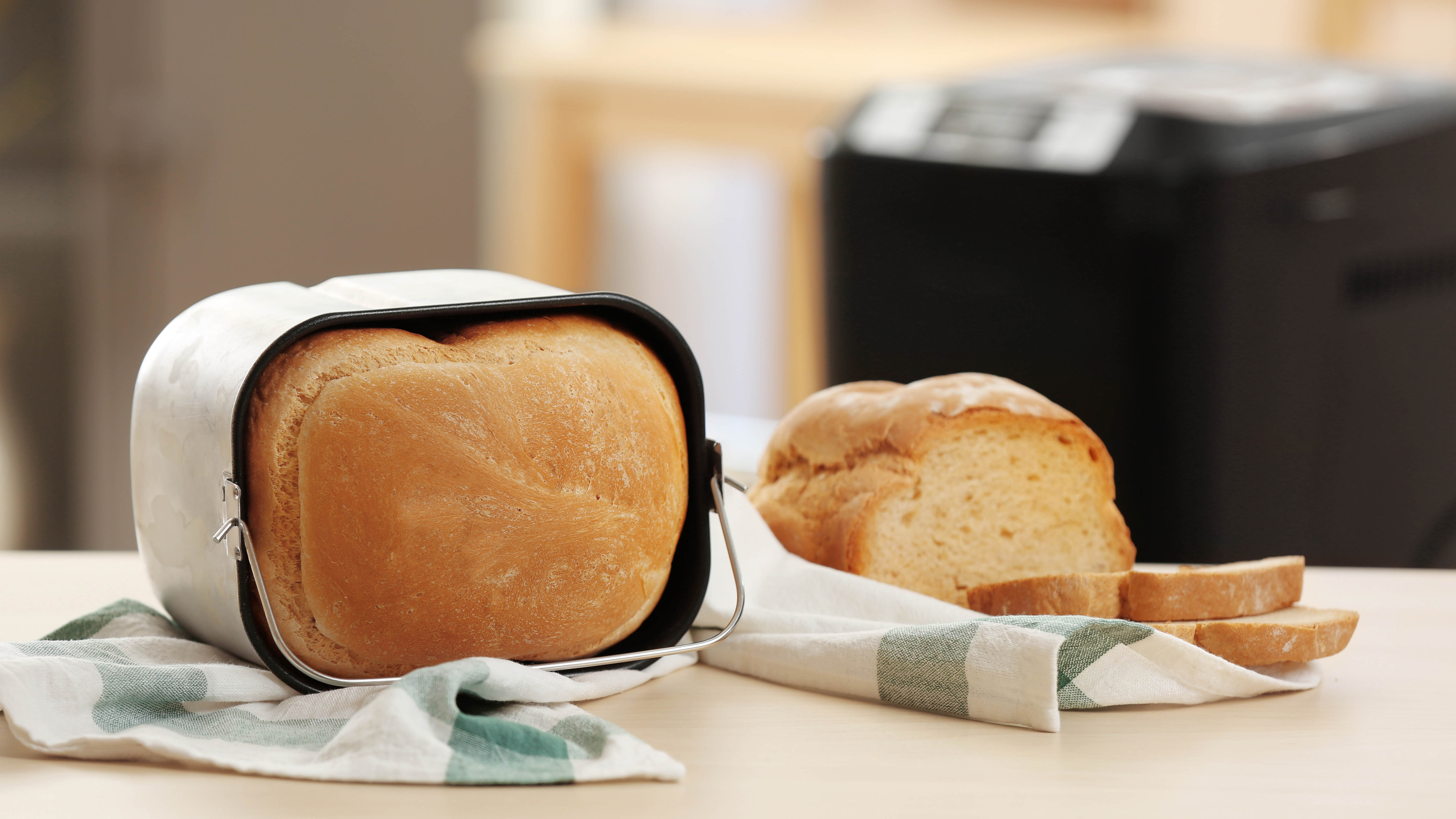
Your oven is simply a tool to bake your bread, whereas a bread machine heavily automates the process. Bread machines come with a range of features that set them apart from an oven. One of the greatest features is the automatic timer. This allows you to load up the machine with all the ingredients, set a timer and walk away. Do this before you go to bed, and you can wake up to delicious fresh bread first thing in the morning — it’s the dream.
Other great features include fruit and nut dispensers that can automatically add ingredients part way through the kneading and proofing process. And to give you a bit of control over the finished result, most bread machines have some crust color options to choose from.
If you want to make pizza or burger buns, most bread machines have a dough setting to help you out. This means you can still get it to do all the hard work of kneading and proofing, then take out the finished dough to create your pizza or buns and bake them in your oven. Some bread machines even double as jam makers.
But when thinking about all the great features bread machines offer in comparison to an oven, it’s important to consider that you’re likely to already have an oven installed. Whereas a bread machine is yet another appliance that requires valuable counter space. Only you can decide whether you’ll use it enough to warrant making space for it.
Cost
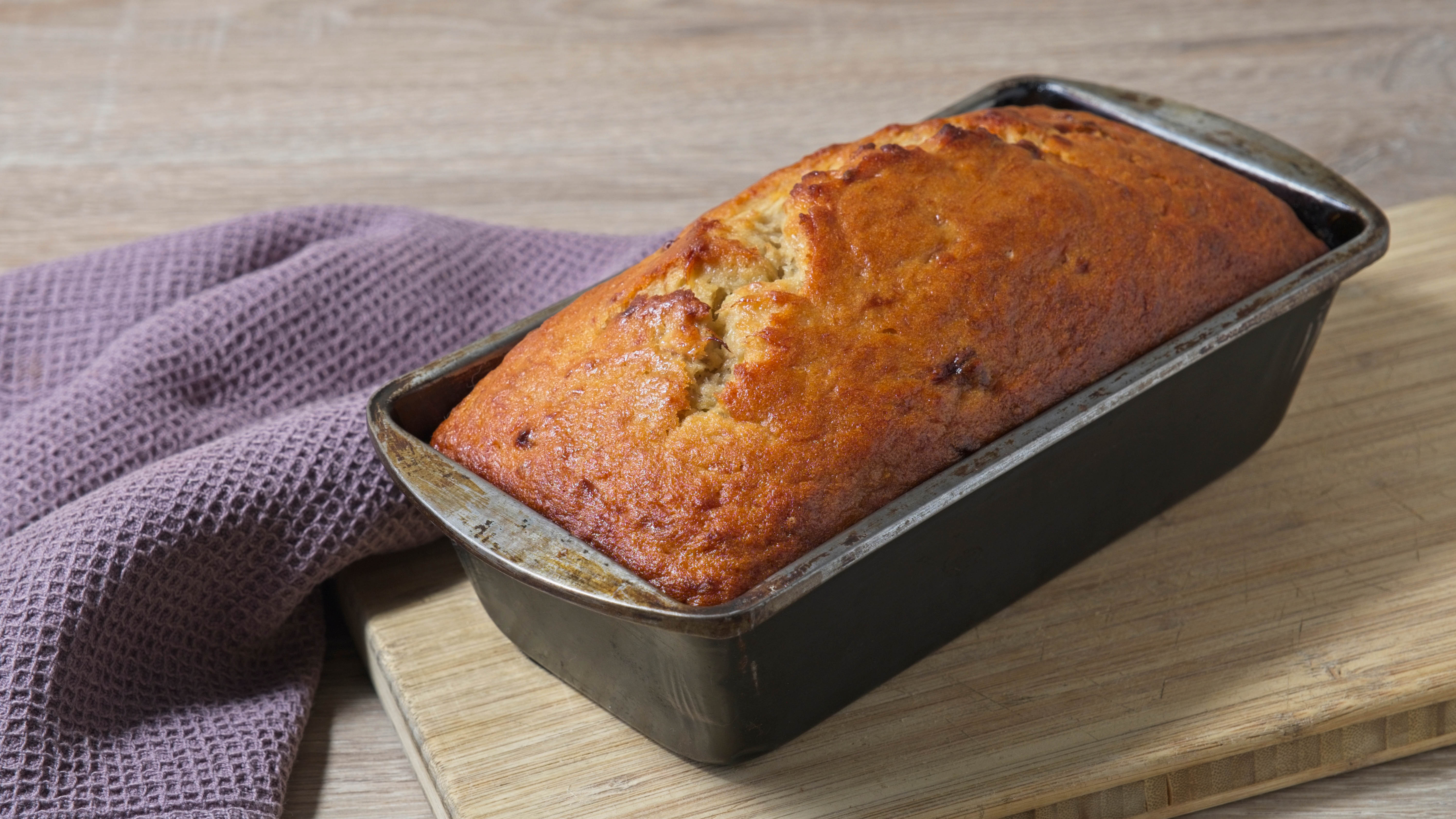
Bread machines start at under $100, so it doesn’t have to be an expensive investment. However you can spend up to $400 if you want all the bells and whistles.
Although it’s important to take into account that the ingredients for a loaf of bread are all pretty cheap - it’s mostly flour and water. So if you usually buy a fancy artisan loaf that costs in excess of $5, over time you’ll make quite a saving by baking your own instead.
Verdict
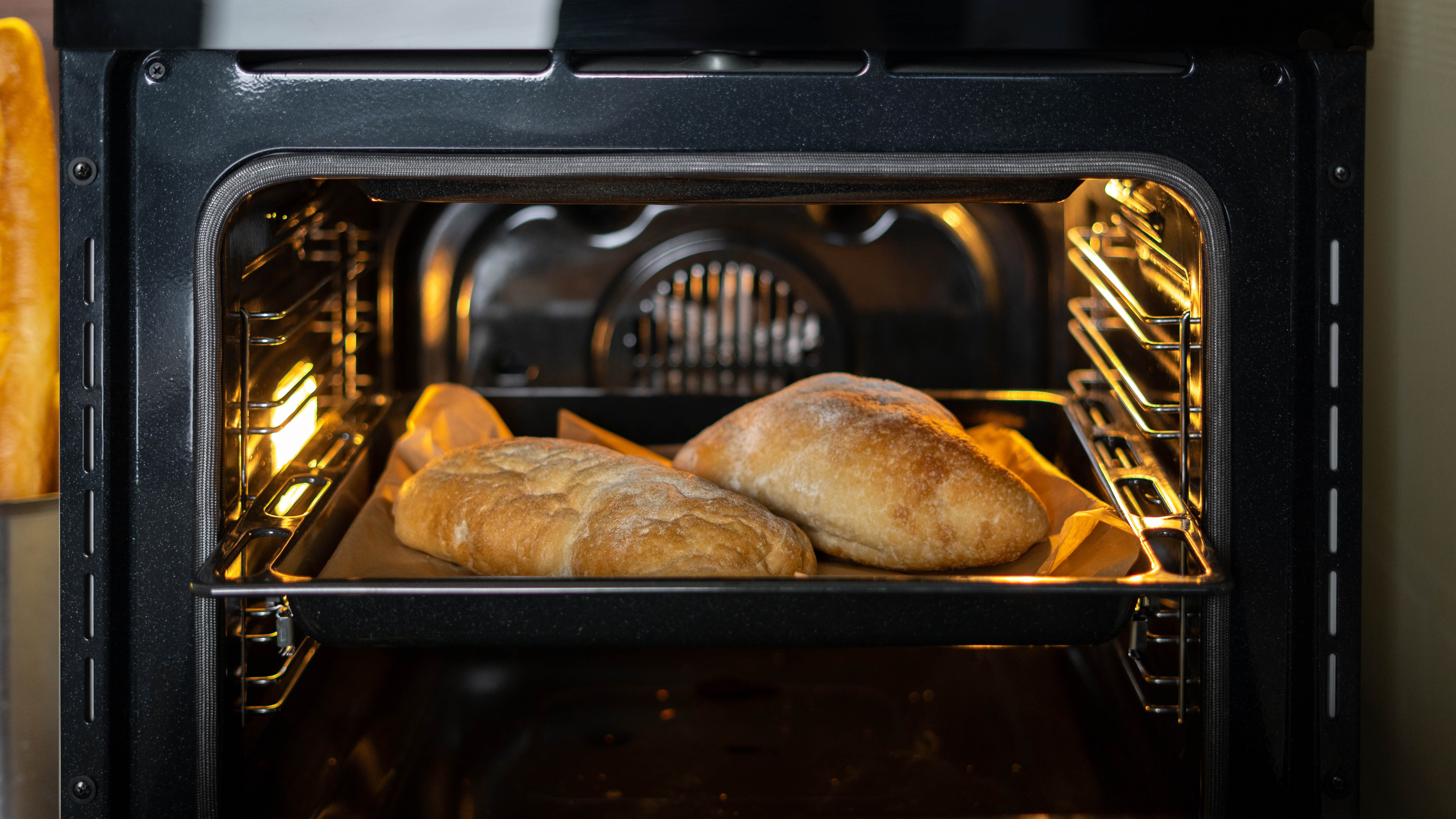
So to sum up, if you want an appliance to take care of the whole process from mixing the dough to kneading, proofing and baking then a bread machine will be a worthwhile investment. It’ll save time and give reliable consistent results every time - perfect if you’re not much of a baker.
But if you enjoy the process of making dough and creating rustic artisan loaves, you’ll be better off baking them in your oven. A bread machine will feel too restrictive for you and won’t be worth the counter space.
More from Tom's Guide
Sign up to get the BEST of Tom's Guide direct to your inbox.
Get instant access to breaking news, the hottest reviews, great deals and helpful tips.
Helen started reviewing home and kitchen appliances in 2007 at the Good Housekeeping Institute and has never looked back. She’s now freelance and reviews all sorts of appliances from her home in a pretty village in the UK. Despite having reviewed hundreds of coffee machines in her time, she’s only recently developed a love for coffee and a daily coffee habit, which makes tasting all those coffees much more enjoyable!

